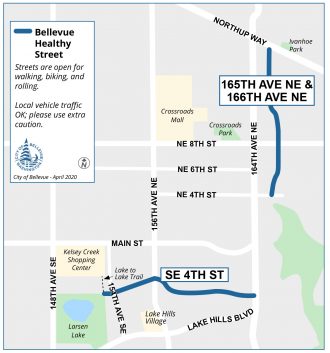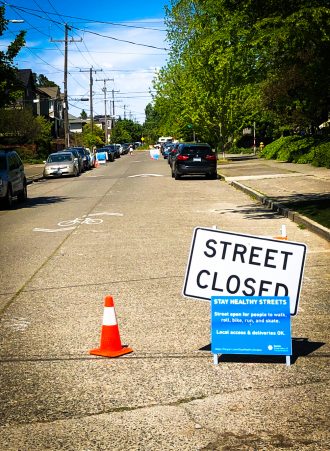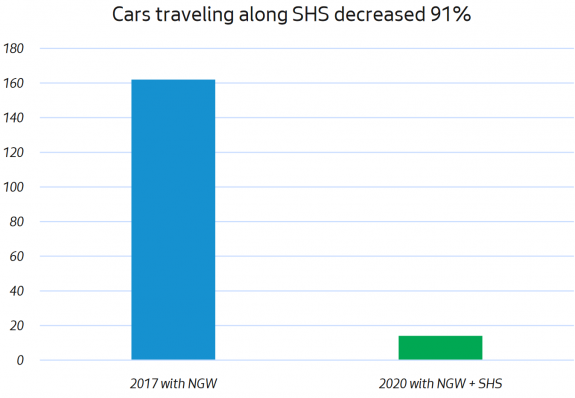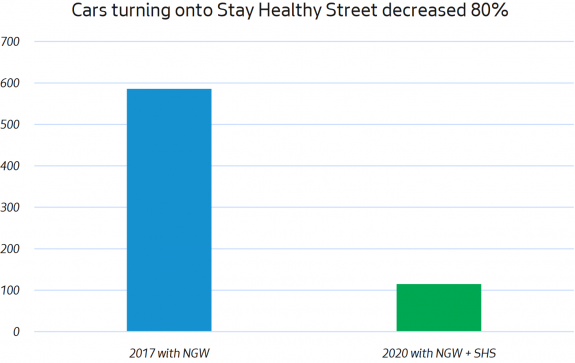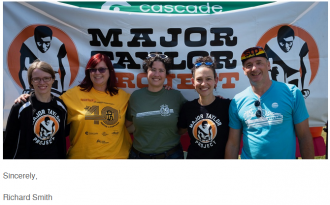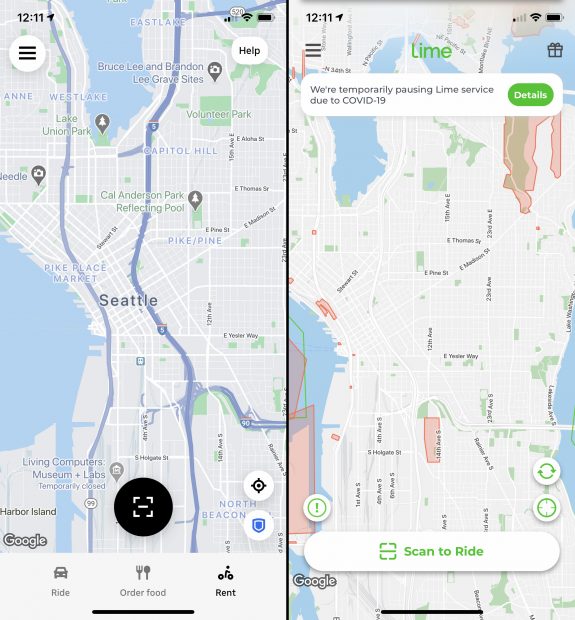It’s time to buy a bike. Especially with the news today that JUMP’s red bike share bikes are no longer online, owning a reliable bicycle has never been more useful or important in Seattle. With transit likely to be an unappealing option to many people for the duration of the outbreak and the cost of owning and operating a car so high (not to mention dangerous and environmentally destructive), biking is the most reliable, safe and affordable way to get around.
OK, so you’re convinced. Now what?
Seattle Bike Blog has largely avoided doing bike-buying guides because gear is not really our focus and there are just so many options and variables to consider. So instead, my advice is nearly always to check out your local bike shop first and see what they have and get advice from their staff. Buying from a local bike shop not only supports a business that you will rely on for maintenance down the road, but it also gives you access to their warranty. Yes, this costs more than buying direct online, but it is worth it.
Bike shops have been deemed essential businesses all along in Washington State, though they have taken steps to operate safely amid the outbreak. Some shops are asking customers to sign up for an appointment, and others have created online storefronts, for example. You should go to the shop’s website or call ahead before swinging by. You can find which shops are open near you and see what efforts the shops are taking during the outbreak using this map Cascade Bicycle Club put together:
One major change in the bike buying process is that a lot of shops are not offering test rides. Normally, I would always recommend taking a bike for a test ride before buying it, but these are not normal times. You may need to make the leap and buy a bike without riding it first. Just make sure you can return it if it really doesn’t work for you.
There are all kinds of bikes at all kinds of price points for all kinds of riding. This is great because it means people can find a bike that fits their needs perfectly, but it’s also pretty overwhelming for people new to biking. That’s why your local bike shop can be such a big help. They can cut through the overwhelming amount of information on the Internet for you.
Below are some general tips I give people to point them in the right direction when they ask for advice on buying a transportation bike. This means something reliable and utilitarian for getting around the city and getting things done. If you’re looking for a racing-style bike or a modern mountain bike, you’ll need to look elsewhere for advice. And remember that as with any set of tips, there are always exceptions to this advice: (more…)

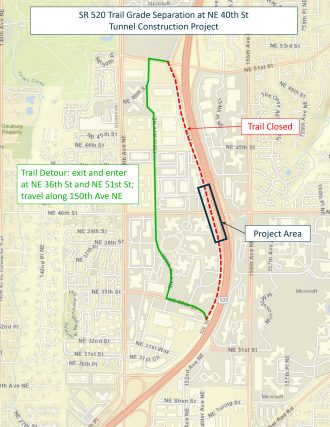 Redmond is constructing an underpass for the 520 Trail at NE 40th Street, so the trail route will be detoured through May 2021.
Redmond is constructing an underpass for the 520 Trail at NE 40th Street, so the trail route will be detoured through May 2021.

